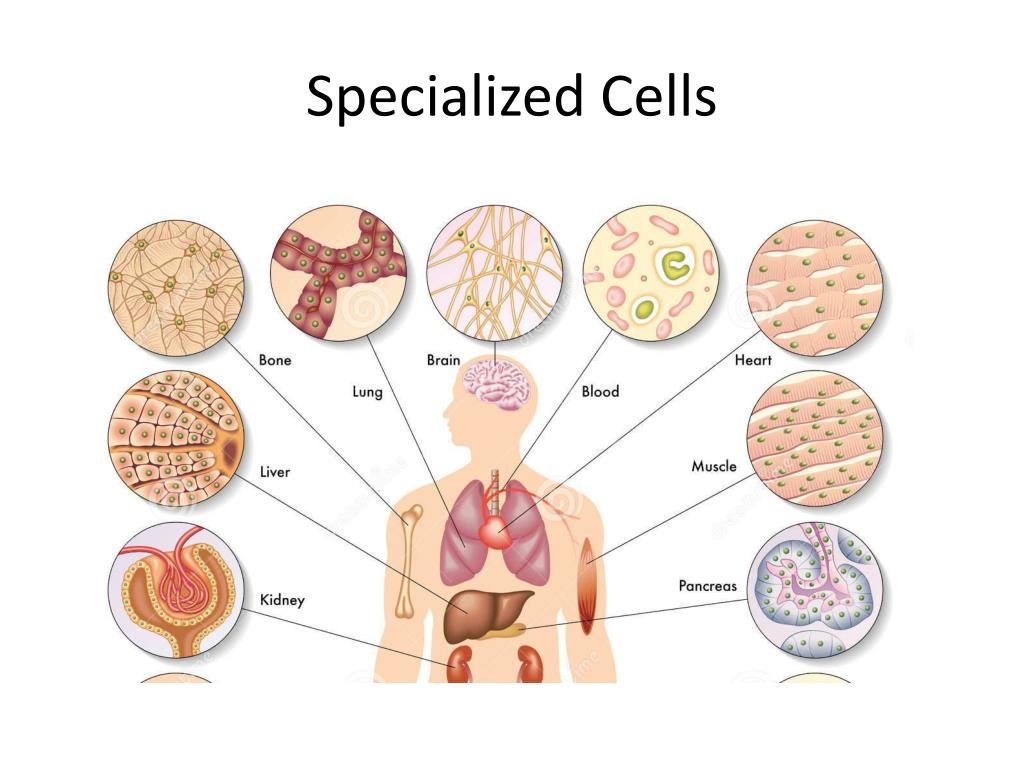
History įurther information: Timeline of computer viruses and worms and Malware research
Do viruses carry out all life processes software#
In response, an industry of antivirus software has cropped up, selling or freely distributing virus protection to users of various operating systems. Ĭomputer viruses cause billions of dollars' worth of economic damage each year. Motives for creating viruses can include seeking profit (e.g., with ransomware), desire to send a political message, personal amusement, to demonstrate that a vulnerability exists in software, for sabotage and denial of service, or simply because they wish to explore cybersecurity issues, artificial life and evolutionary algorithms. Viruses use complex anti-detection/stealth strategies to evade antivirus software. Virus writers use social engineering deceptions and exploit detailed knowledge of security vulnerabilities to initially infect systems and to spread the virus. Therefore, it is not restricted by the host program, but can run independently and actively carry out attacks. By contrast, a computer worm does not need a host program, as it is an independent program or code chunk. When the program runs, the written virus program is executed first, causing infection and damage. The virus writes its own code into the host program. Ĭomputer viruses generally require a host program. If this replication succeeds, the affected areas are then said to be "infected" with a computer virus, a metaphor derived from biological viruses. Security information and event management (SIEM)Ī computer virus is a type of malware that, when executed, replicates itself by modifying other computer programs and inserting its own code into those programs.Host-based intrusion detection system (HIDS).



Computer program that modifies other programs to replicate itself and spread Hex dump of the Brain virus, generally regarded as the first computer virus for the IBM Personal Computer (IBM PC) and compatibles Part of a series on


 0 kommentar(er)
0 kommentar(er)
